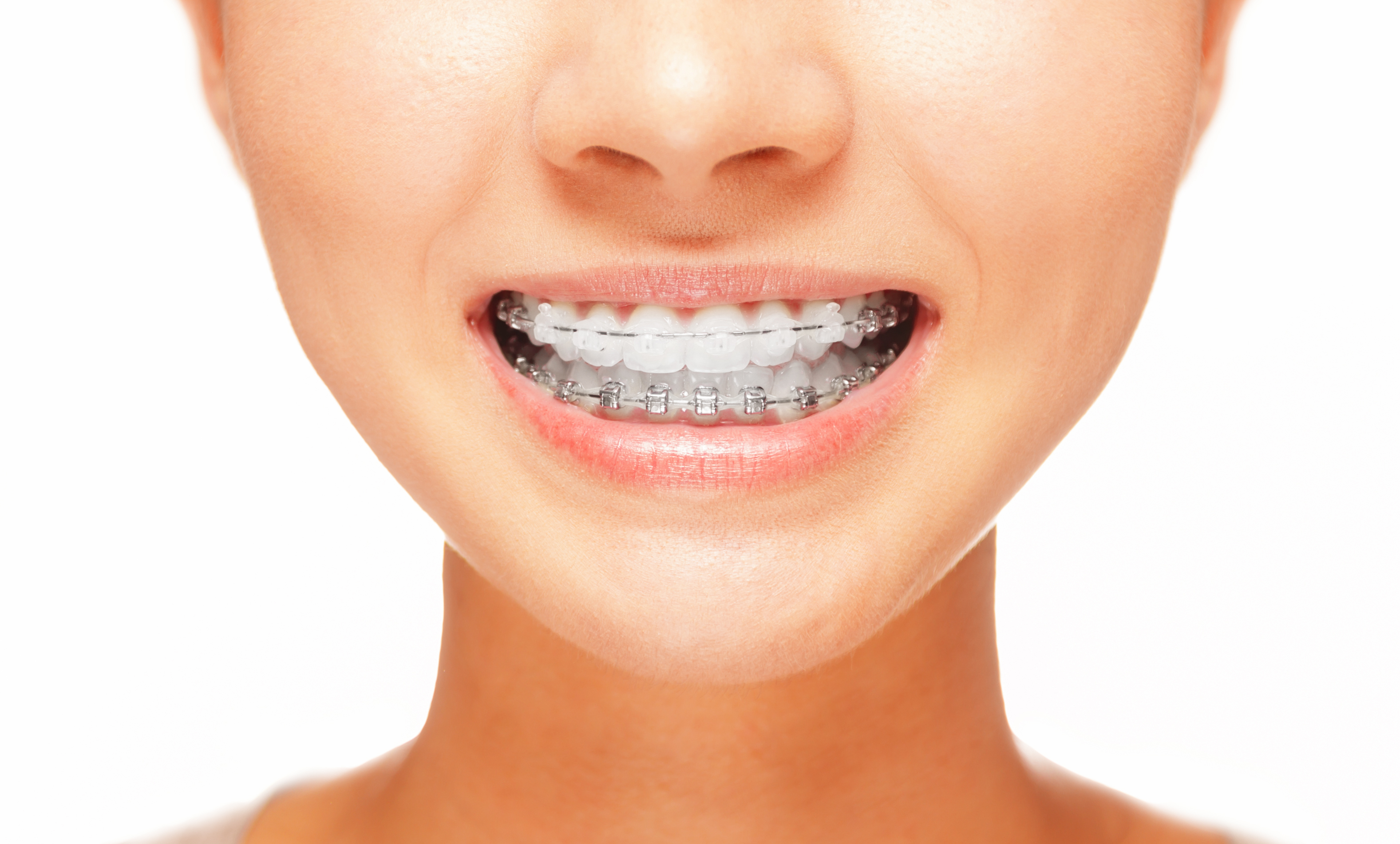7 Common Misconceptions about Surgical Orthodontic Solutions
 Orthodontics is a specialty field within the greater umbrella of dentistry. Orthodontists complete a degree in general dentistry and then continue on to a graduate program or residency to specialize in orthodontics. Once they graduate, these professionals are called orthodontists rather than dentists.
Orthodontics is a specialty field within the greater umbrella of dentistry. Orthodontists complete a degree in general dentistry and then continue on to a graduate program or residency to specialize in orthodontics. Once they graduate, these professionals are called orthodontists rather than dentists.
Orthodontists focus on correcting alignment issues in the teeth and jaws. This can be done for medical as well as cosmetic reasons. However, many myths still prevail regarding orthodontists and orthodontic surgery in particular. Learn about seven of these myths in this post.
Myth 1: Orthodontic treatment is only for children and teenagers.
This is one of the most pervasive myths in the field of orthodontia today. In fact, the Wall Street Journal recently reported that, in the last decade, the number of adults who have sought out orthodontic care has risen by nearly 40 percent.
Myth 2: Orthodontia cannot work once the patient has stopped growing.
“The truth is that often results from orthodontic treatment and surgery are more reliable and stable when performed on a patient who has stopped growing,” said Dillehay Orthodontics. It is often also possible to achieve results more quickly since teeth are less likely to move mid-treatment.
Myth 3:Orthodontists do not perform surgery.
As reported by the American Association of Oral and Maxillofacial Surgeons (AAOMS), orthodontists have a full range of surgical options at their disposal, including advanced techniques in jaw and tooth realignment and correction of complex facial deformities and congenital issues.
Myth 4: An adult who had braces as a child can’t have them again.
Many adults who had braces as a child have awoken one morning to the unpleasant reality that their teeth have continued to shift. This often happens because of stress-based habits such as clenching or grinding the teeth at night as well as issues of jaw misalignment such as TMJ (temporomandibular joint disorder).
When this occurs and a retainer alone isn’t sufficient to correct the movement, an aligner system or braces are two options, as is orthodontic jaw surgery.
Myth 5: If you get braces you won’t need surgery.
Orthdontics is a varied and growing dental specialty field that encompasses an ever-increasing number of treatment approaches. Often more than one treatment approach is used in conjunction with others to achieve a patient’s treatment goals. For more complex goals, this interdisciplinary approach may include braces, jaw surgery, chin surgery and other corrective surgery to remedy issues related to tooth and jaw alignment, congenital deformities and other health and cosmetic issues.
Myth 6: Orthodontic surgery is not covered under dental insurance.
While it is true that the healthcare industry overall continues to shift and change from year to year, orthodontic surgery (orthognathic surgery) is one of those procedures that is often covered by health insurance. This is because it is considered a medical issue unrelated to cosmetic procedures or even to traditional dental care. However, orthographic surgery can often correct issues with a misaligned jaw or bite in ways similar to the work of braces or aligners.
Myth 7: Orthodontic surgery is cost prohibitive.
According to the American Association of Orthodontists (AAO), the cost of orthodontic care is surprisingly affordable. Financing options include payment plans, in-practice financing and loan options, payment in full discounts and other options.
This is due in part to the increased availability of shorter-term treatment options that can deliver the same or better results in less time. As well, there are other advantages for orthodontic patients that come from better self-esteem, more confidence, increased willingness to be in leadership roles at school and at work and more. A full three-quarters of AAO survey respondents reported this to be the case and 90 percent of adult patients stated they would recommend orthodontia to other adults.
These are just seven of the many myths that continue to persist about orthodontic care for children, teens and adults. However, with more patients of all ages seeking orthodontic care that ranges from braces and aligners to retainers and surgical interventions, it is clear that orthodontic care itself is continuing to evolve to meet patients’ needs across all walks of life.

















